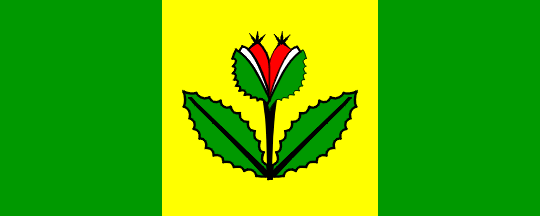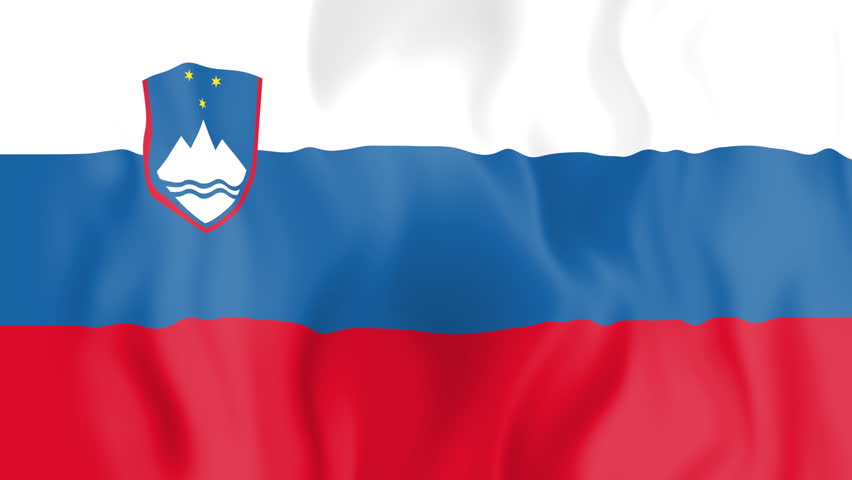

With the collapse of the Austro-Hungarian Kingdom after the First World War, Slovenia was united with other Slavic countries in 1918 and Yugoslavia emerged in order to form a unity. White, blue and red colors were revealed by the nationalists of Slovenia in 1848, while Slovenia was part of the Austro-Hungarian Empire. The Slovenian flag was adopted on 7 June 1991. Slovenia Flag Map History of the Slovenia Flag The colors that symbolize the Slavic unity and independence are on many flags and can be seen on the flag of many Slavic nations. They were initially accepted by the Slavic countries in the mid-19th century and were influenced by the Russian flag because Russia was an independent Slavic country.

Blue, white and red are the traditional colors of Panslavism. On the arm, the wavy blue stripes represent the rivers of the country. Although the Duchy failed, Austria-Hungary tried to get rid of the sovereignty. The three stars were inspired by the independence of Slovenia and the army of the Duke of Slovenia, Celje, which dates back to the 15th century. In the center of the white and blue stripes, on the left side of the flag, is the dynasty coat of arms of the country, which consists of three points of Triglav Mountain-Slovenia’s highest mountain, the two blue stripes, and the 3 five-pointed yellow stars. The top stripe is white, the blue in the middle and the red stripe at the bottom. The Slovenian flag consists of three equal horizontal bands. Colors and the Meaning of the Slovenia Flag


 0 kommentar(er)
0 kommentar(er)
